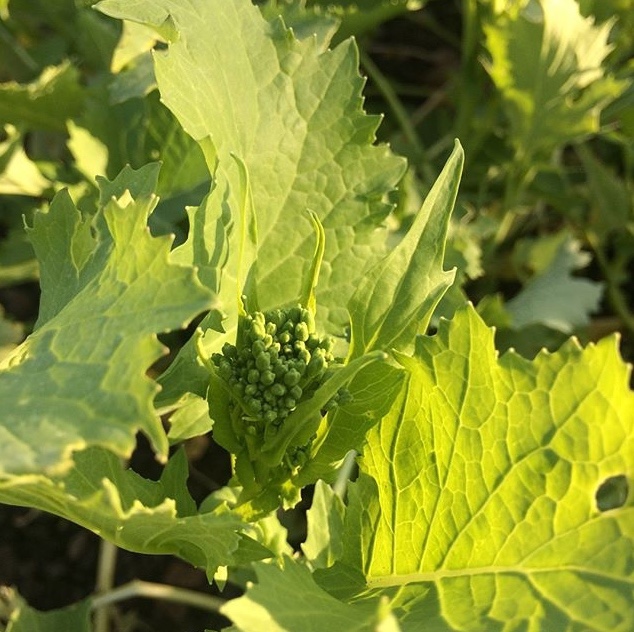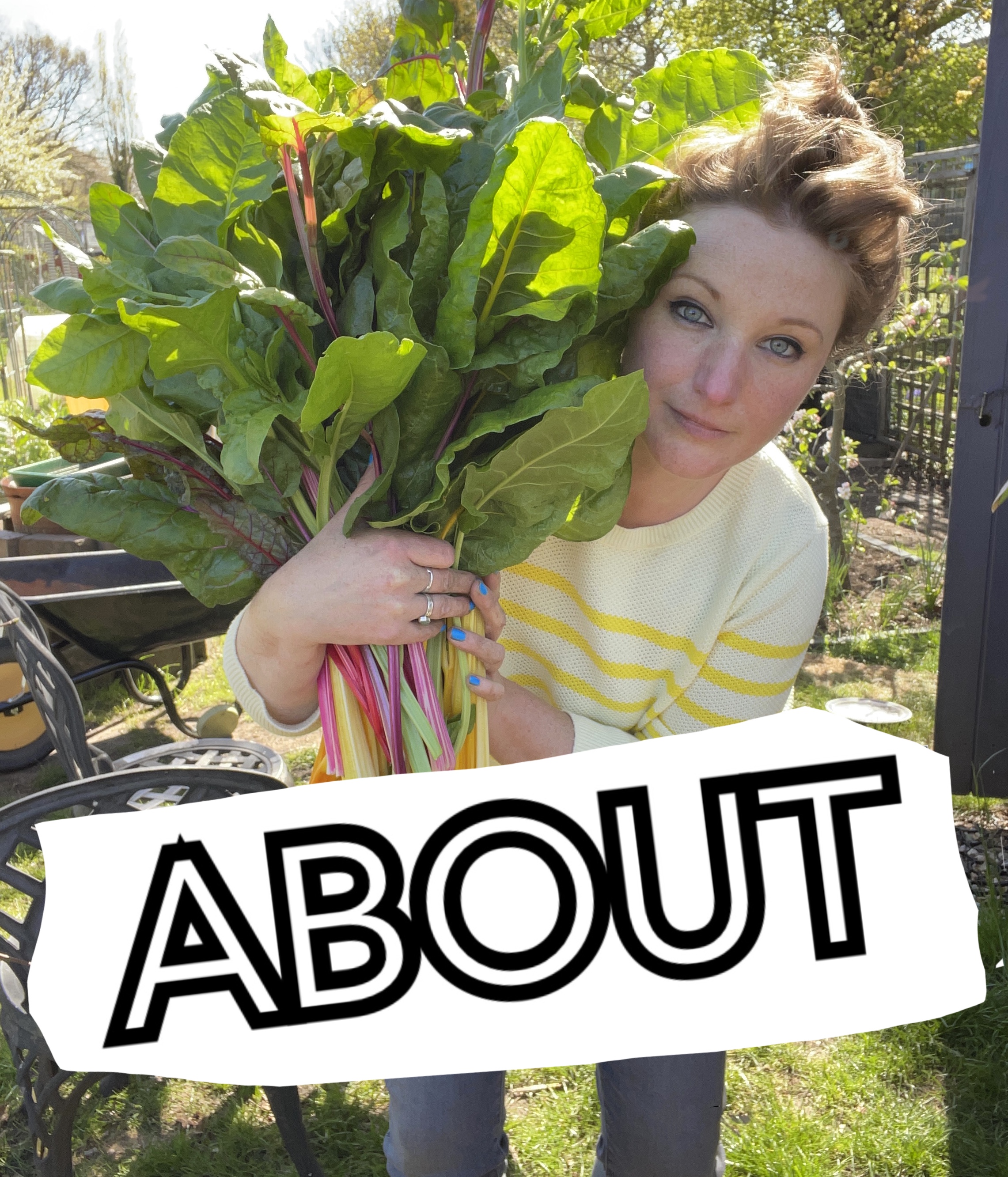Cima Di Rapa – if a turnip had a baby with spinach and its cousins were chichory and mastard…
The summer months generally a time for picking. Being inundated with beans and courgettes, preserving, jam making and pickling. But its important not to forget that many of the things that are going to keep us going over winter need to be started off now. And that is where Cima di rapa comes in!
Did you know?
Cima di Rapa hails from Puglia in southern Italy. Its name litterally translates as ‘turnip top’.

Direct Sow
April – Sept
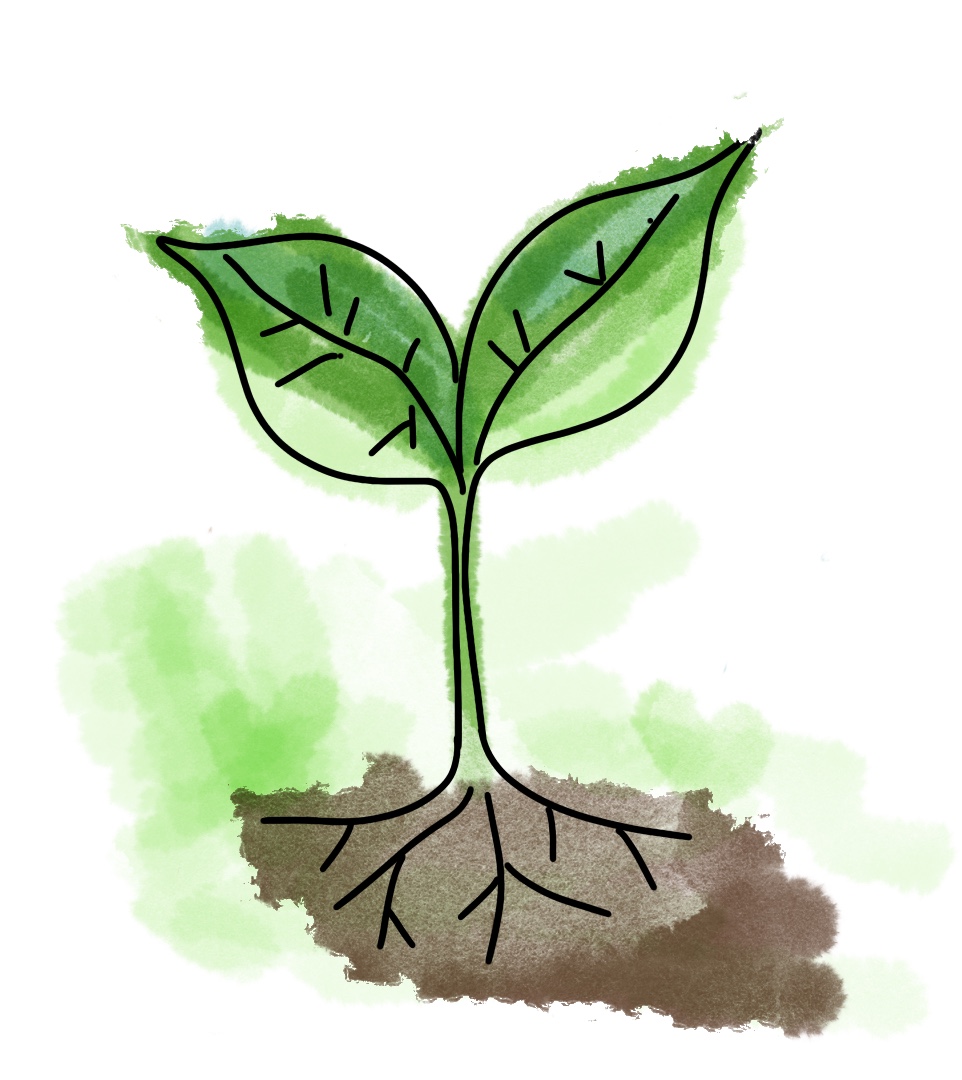
Plant Out
–

Position
Sunny
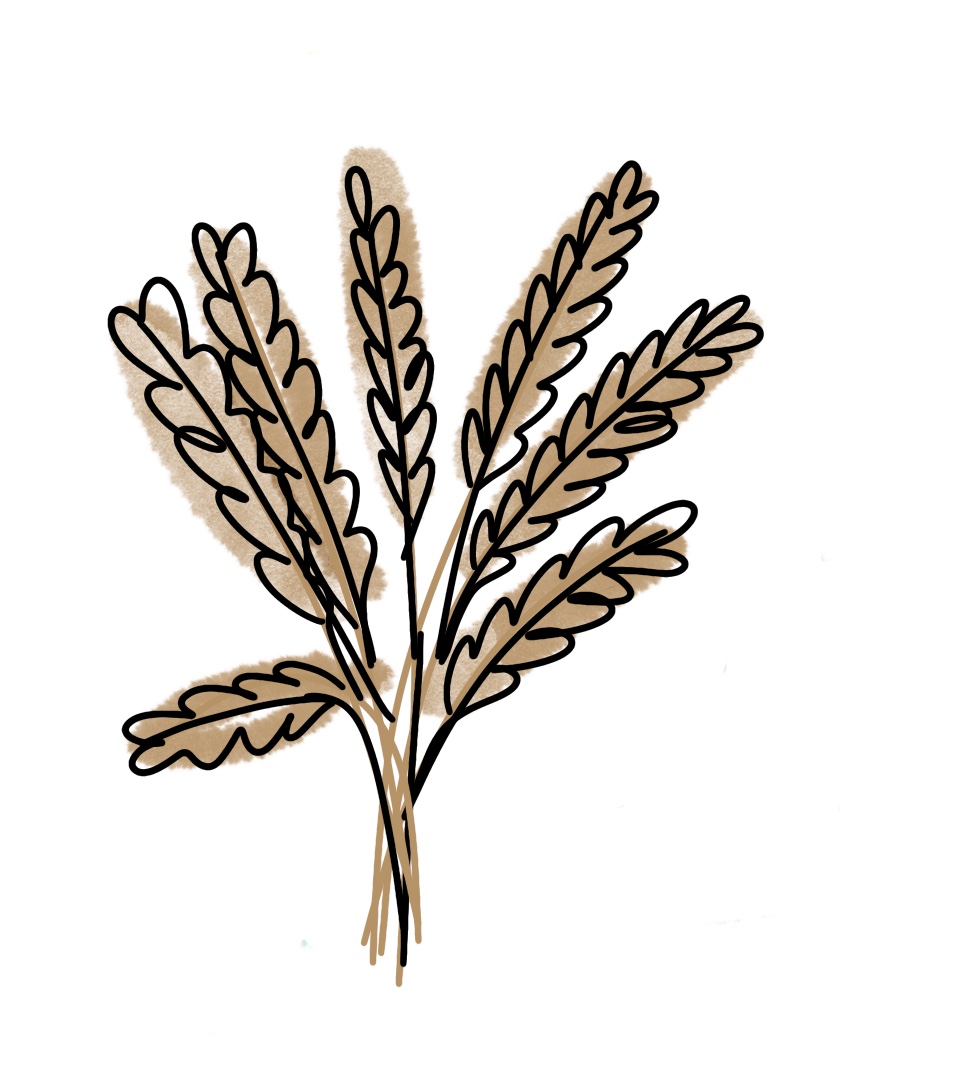
Harvest
40 – 120 days depending
What is Cima di Rapa?
Also known as Broccoli Raab, this is a low growing, sprouting brassica thats hugely popular in Italy and is the key component in ‘orecchiete e cima di rapa’. Although it’s strangely little-known in the UK. It has bright, pale foliage and acid green flower stems. It is the immature flower heads that you eat, a little like purple sprouting but they are much more tender. Flavor is as if a turnip had a baby with spinach and its cousins were chicory and mustard…. There are many many varieties of this soft, slightly bitter, broccoli type vegetable and most are named after the number of days from sowing to harvest! The 4 that are easiest to get hold of here are Quarantina (40), Sessantina (60), Novantina (90) and Centoventina (120). Generally the longer the growing period the better the raab is considered and so of these the Centoventina is superior.
How to grow Cima di rapa?
Cima di rapa is an easy crop if you can avoid it bolting. This has happened to me a couple of years on the trot now and so i’m sowing mine later this year. I’m doing two half-beds of it, one sown now (mid August) and i’ll go again in September. Its hard to know what the weather will do and if we get a hot second half of summer, the August one will probably bolt before its beefy enough to supply a whole-winter crop.
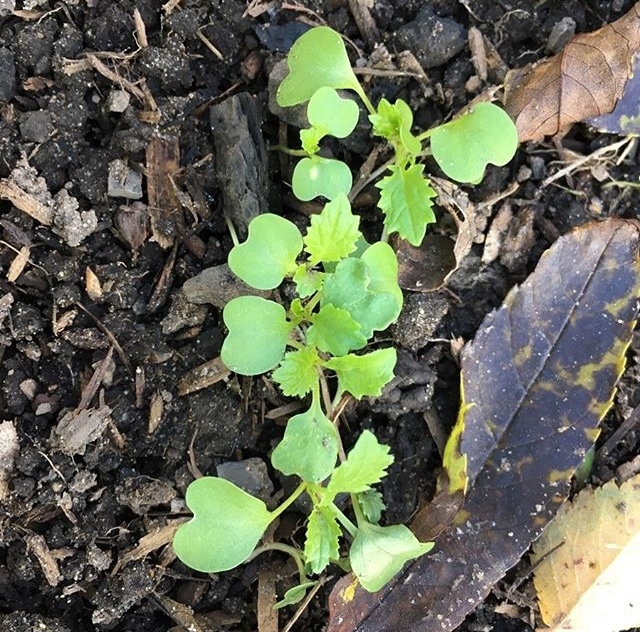
Regular watering will help with the bolting and i’ve also found that direct sowing is really the only way. Doesn’t matter what month I do it in, if I transplant them they bolt before i’ve taken a breath. You can still use the bolted plants but you pick them more like a cut-and-come-again salad mix and only get a couple of pickings before they fade.
It also needs a relatively fertile soil like most brassicas.
Eventually you want your plants to be spaced at about 20cm apart. Anything under 15cm and they become pretty stunted (another lesson learned), so sow about twice that and thin them down as they grow. The young plants that are thinned out can be used in salad.
They will begin to produce sturdy florets from the centre of each plant which you can snap off, down to a set of leaves. The stalks won’t need to be trimmed as they are string-less and tender. After the main ‘head’ has been picked the plants will produce a series of more spindly stems that are just as good for eating as the first one.
You do need to keep on top of harvesting the heads as they come because if they reach maturity the plant will stop producing and run to seed.
Last year we were too late getting it started and it was a general fail but the year before we were eating it most of the winter and it became a real favourite in my house.
When it’s harvestable later in the year, I will be putting some favorite recipes up here, not least for my friend Alex who has received this excellent veg in her delivered vegetable box before and hated it so much she said it made her face ache… okay, it can be a little on the bitter side.
But if you cook it right, it’s glorious!
